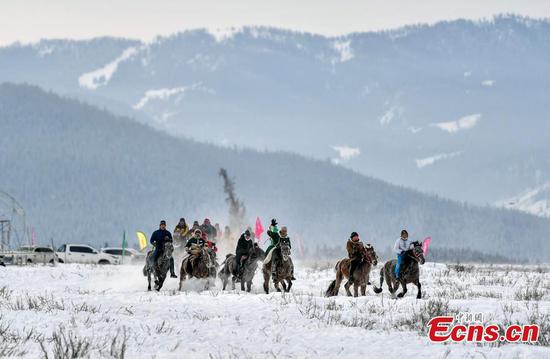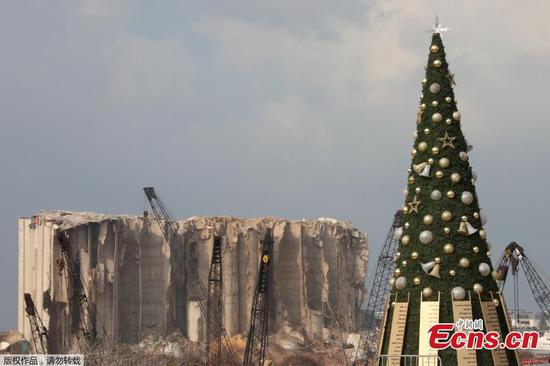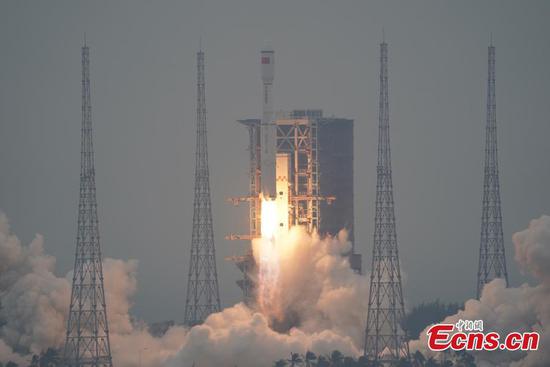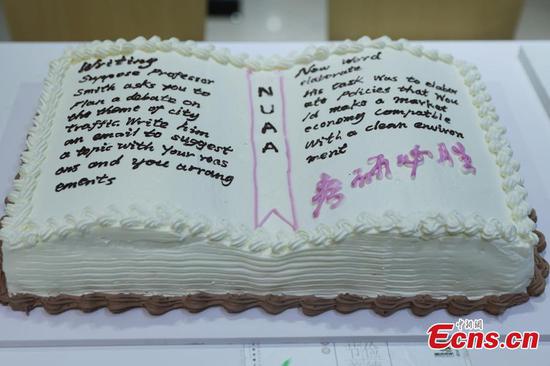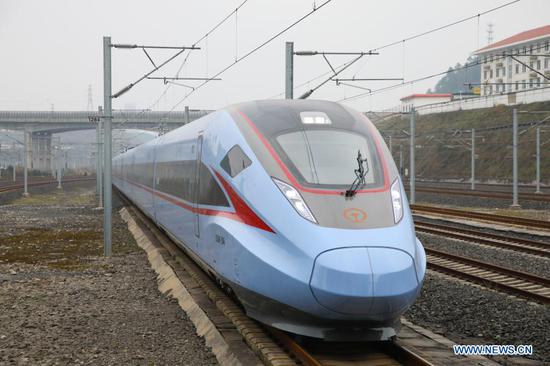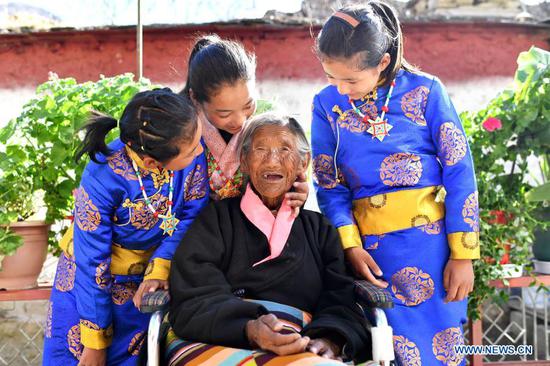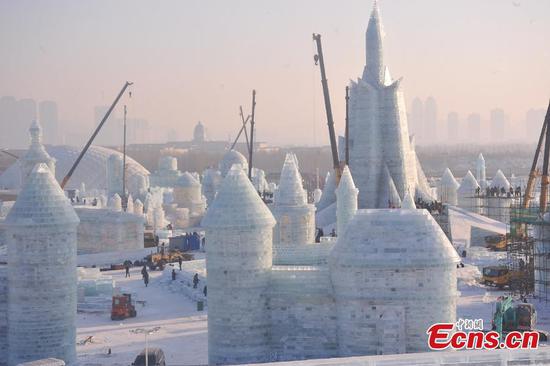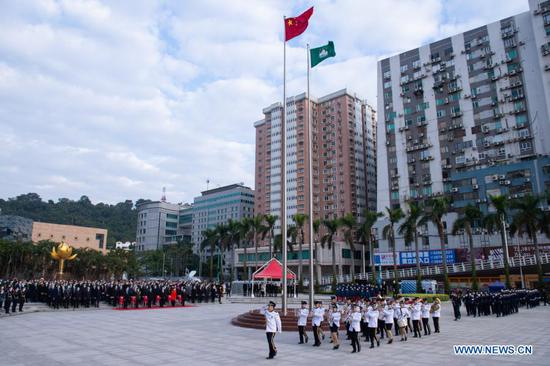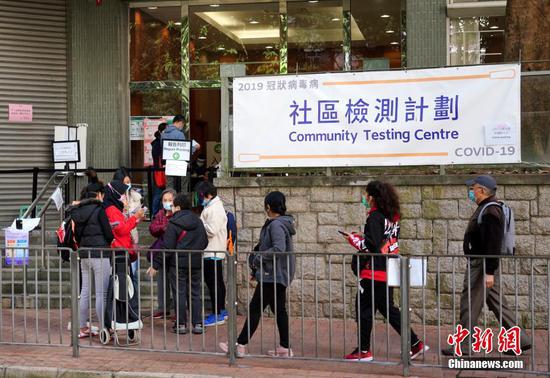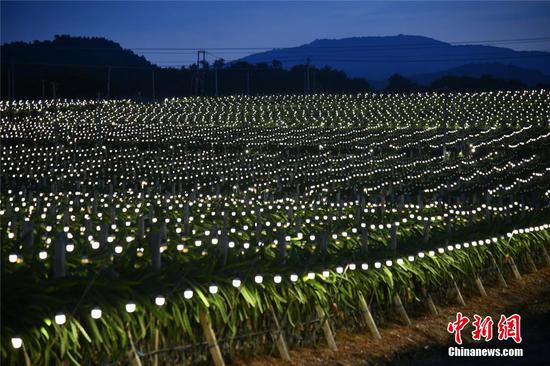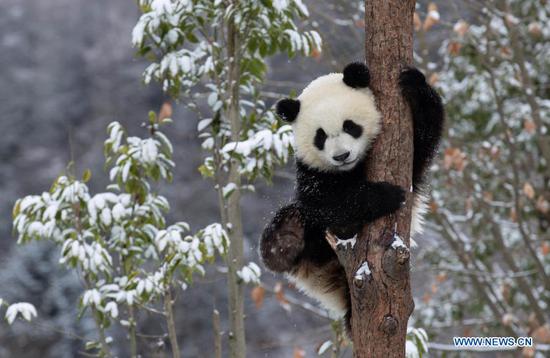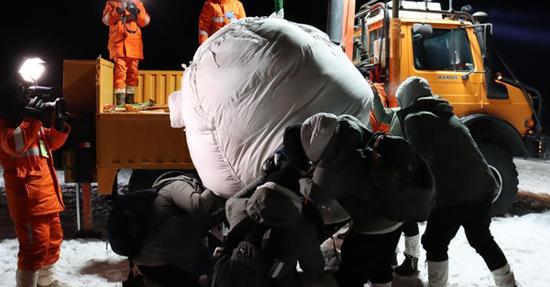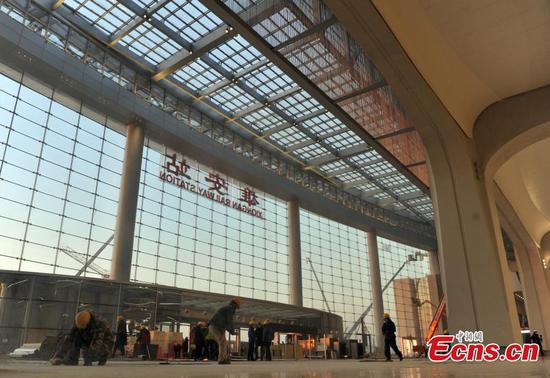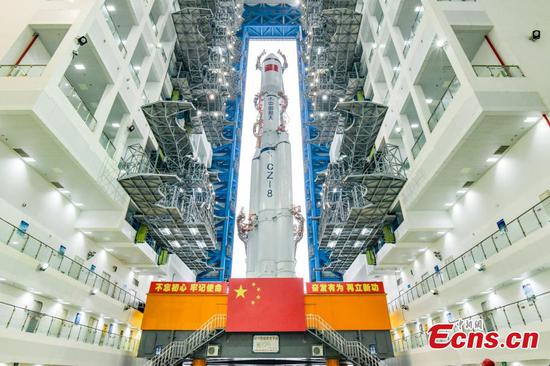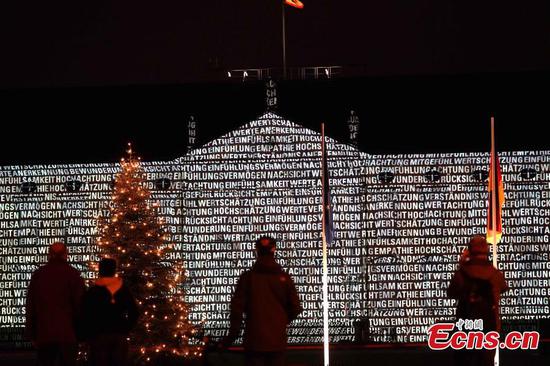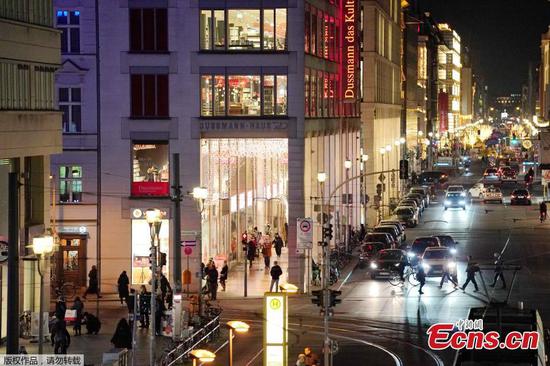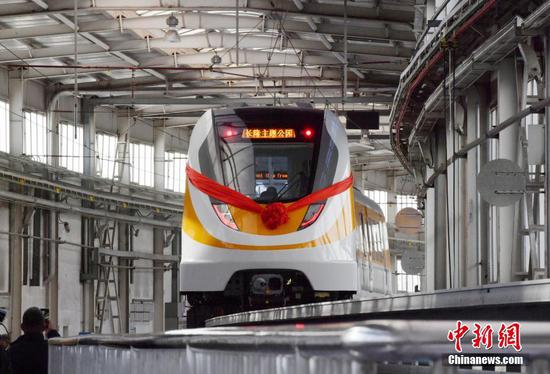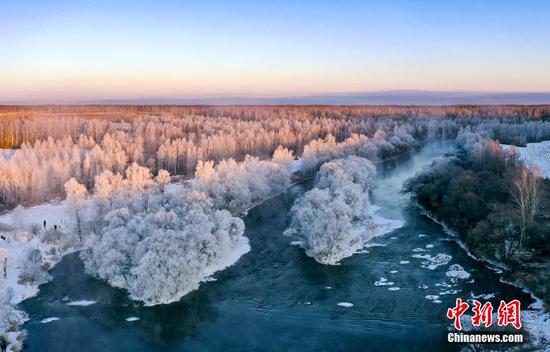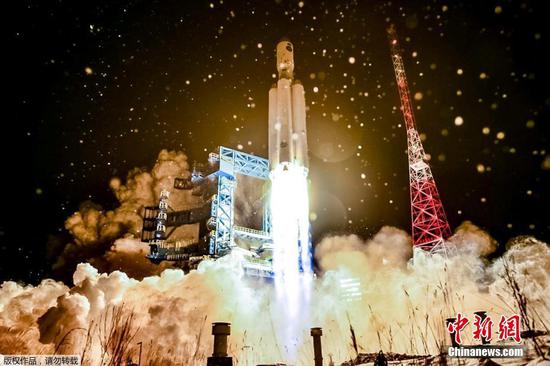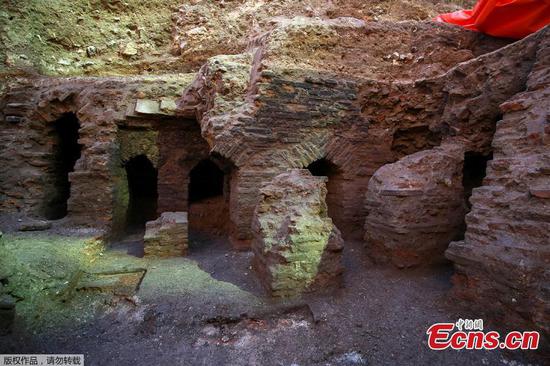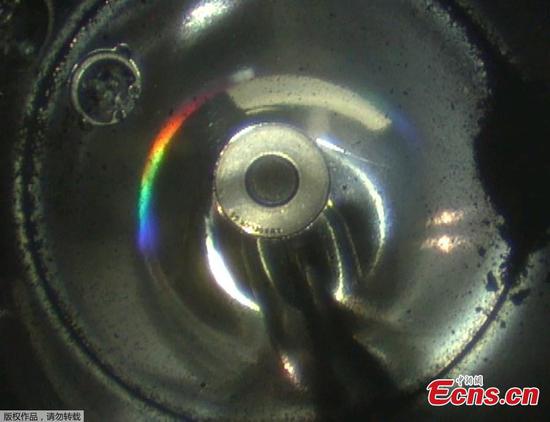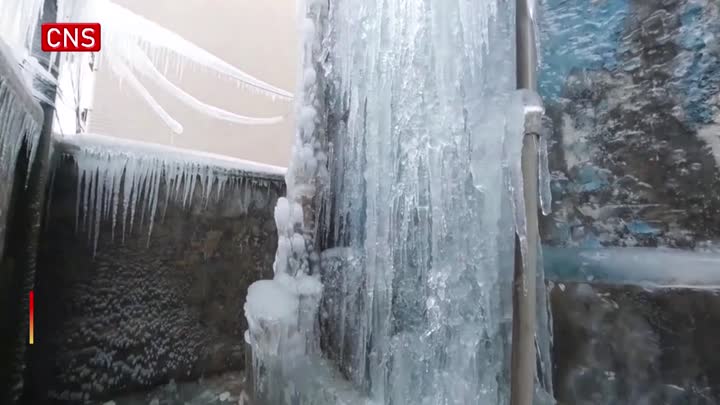
Tourists visit the Potala Palace in Lhasa, Tibet autonomous region. (Photo by He Penglei/China News Service)
The Tibet autonomous region has received more than 34 million domestic and overseas tourists this year, with revenues hitting 35.8 billion yuan ($5.4 billion), the Tibet Tourism Development Department said on Wednesday.
Despite the impact of the COVID-19 pandemic, the region's tourism industry has maintained good momentum. Last year it received more than 40 million visitors, with revenues exceeding 56 billion yuan.
In the first half of the year, Tibet's tourism market recovered more quickly than in any other Chinese province or region. The number of visitors to the region was up 15.4 percent year-on-year in September and up 20.3 percent in October, online travel service Trip.com said.
It said hotels, airfares and entrance tickets are the three main contributors to the region's tourism revenues. Lakes, gorges, Mount Qomolangma (known as Mount Everest in the West) and unique cultural tours were the hottest choices.
Yi Yang, from Trip.com's government cooperation department, said those born after 1980 were the largest group of visitors. Males accounted for more than 61 percent.
"The percentage of tourism reservations on various apps is high, with air travel the most popular travel method, and the majority of visitors choose short tours," Yi said.
Liao Weiping, director of Trip.com's academy of smart tourism, said smart tourism promotions were suitable for a place like Tibet.
"Tibet is mysterious and interesting for many tourists around the globe, due to the remote distance and factors such as the lack of oxygen. So it's good to use livestreams to showcase some of the region," Liao said.
The 1,388-year-old Potala Palace in Lhasa, a UNESCO World Heritage Site, launched its first livestream in March, attracting nearly 1 million viewers for a one-hour show.
Tibet has offered free admission to some of the region's popular tourist attractions between Oct 15 and Dec 31 to spur winter tourism. The move is part of the region's preferential policies to attract more visitors in the winter.
Wang Xiaodong, an official with the region's tourism development department, said Tibet's proposal to establish a national highway G219 tourism promotion with Yunnan province and the Xinjiang Uygur and Guangxi Zhuang autonomous regions was approved by the Ministry of Culture and Tourism recently.
"In 2021, we will enhance the work of tourism promotion along national highway G219," Wang said. "We hope the plan will greatly contribute to income generation and livelihood improvement for rural residents along the highway."
According to Wang's department, the region will soon announce its winter tourism policies for 2021.









